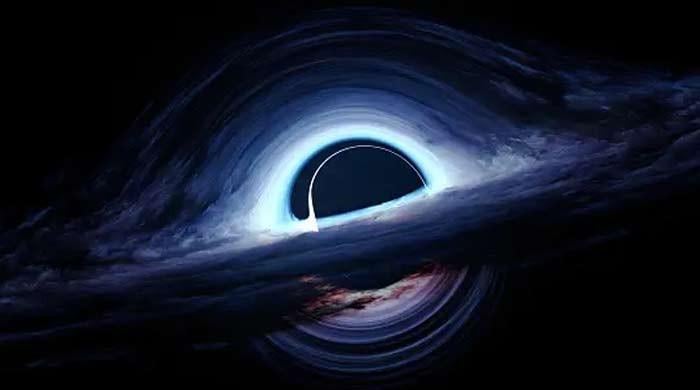And you believed that rush hour was the worst thing ever? As per the recent research, many “cosmic intersections” have “traffic lights” that have failed, making black hole collisions practically certain.
Supermassive black holes, vast voids that encircle everything within massive galaxies, are cosmic monsters that reside at the centre of all large galaxies, according to Space.
This whirling motion affects stars and their systems, matter disks that the galactic behemoth eats, and, incredibly, even other black holes, albeit smaller stellar mass ones.
Additionally, it seems that this kind of behavior surrounding supermassive black holes can result in cosmic “traffic jams,” which may play a crucial role in slowing down the orbits of stellar-mass black holes.
Furthermore, the impacted black holes may be compelled to collide, combine, and form a larger daughter black hole rather than whizzing around.
Then, this process is repeated because of the supermassive black hole responsible for the traffic congestion, which has a mass that is millions or perhaps billions of times greater than the Sun.
This leads to other black hole collisions, which eventually produce stellar-mass black holes with masses ranging from three to a few hundred solar masses.
Interestingly, when we zoom out, all of this indicates the surroundings of a supermassive black holes is perfect for facilitating the growth of other black holes.

Dr. Thomas Hughes is a UK-based scientist and science communicator who makes complex topics accessible to readers. His articles explore breakthroughs in various scientific disciplines, from space exploration to cutting-edge research.








